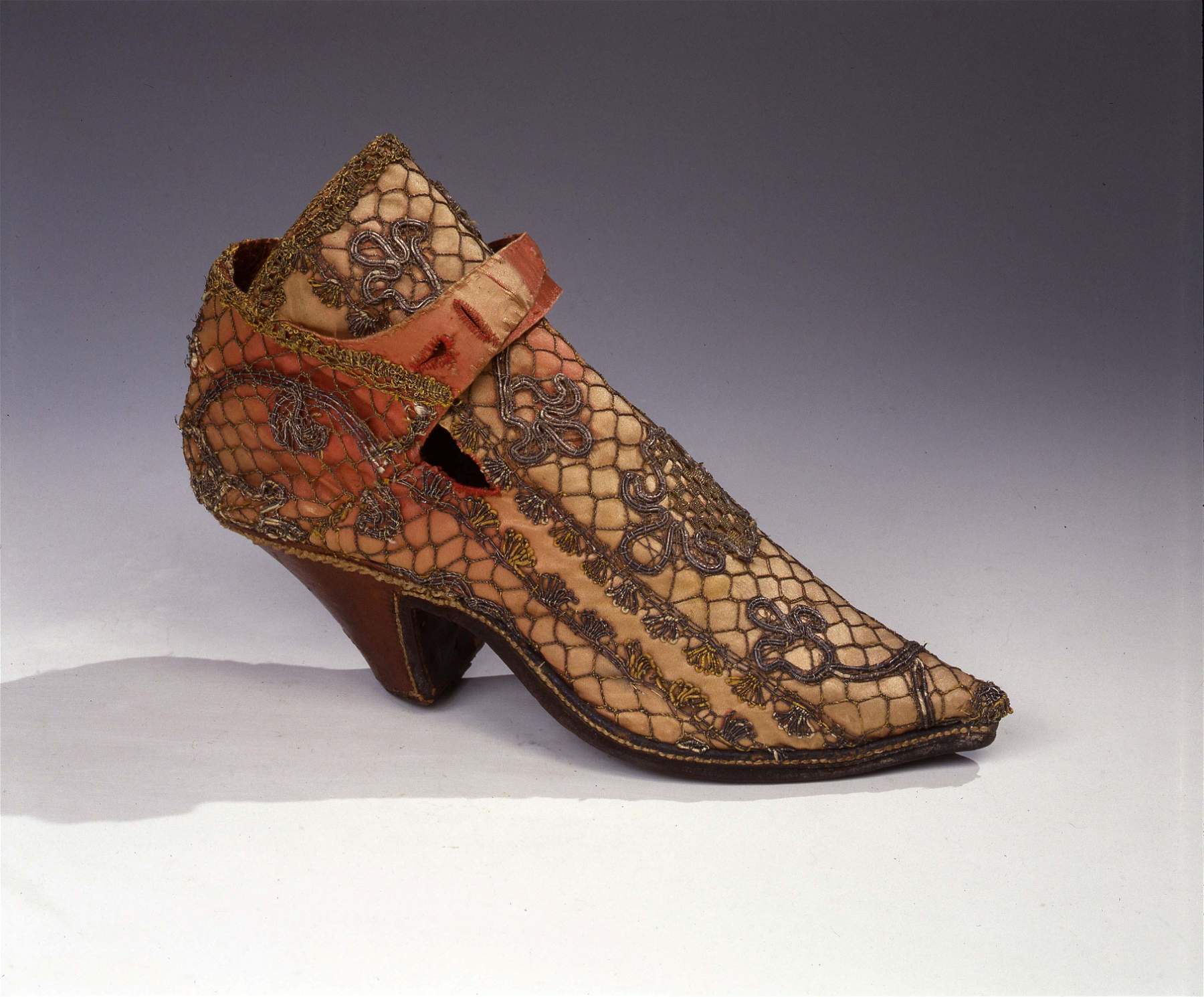References between art and haute couture in the 17th century: drawings and dresses on display at Palazzo Davanzati, Florence
From Dec. 8, 2019 to April 13, 2020, the Museum of Palazzo Davanzati in Florence is hosting the exhibition Beauty and Noble Ornaments in Seventeenth-Century Fashion and Furniture. The exhibition stems from the acquisition, promoted by the Bargello Museums for Palazzo Davanzati, of a very rare and previously unpublished corpus of drawings for embroidery and lace dating from the first half of the 17th century that appeared on the antiques market in 2018. This is one of the most extensive extant collections of drawings for lace and embroidery: the collection consists of 105 sheets, one hundred and two ink and three graphite and sanguine papers, which have come down to us in an excellent state of preservation and attributable for the most part to the signature of the same author, Giovanni Alfonso Samarco da Bari, a southern draughtsman of gramde graphic talent whose identity remains unknown to this day. Around these designs for large collars, borders and embroidered friezes, an itinerary is developed that aims to document the precious and elegant style of seventeenth-century fashion and furnishings, through a comparison between the graphics and a selection of clothing, accessories, paintings, sculptures, medals, books, textiles, lace and embroidery.
In fact, within some “rooms of wonders,” designed for the exhibition, some precious accessories are displayed in constant dialogue with the graphics: the applied embroidery bag of probable English manufacture; the women’s slipper, datable to the last quarter of the 17th century, made of red silk satin covered with lace; and the gold brooch, of Nordic goldsmithing, with pearls and diamond used at the time as a dress trim. Documenting the taste for fashion in vogue at the time, we find a rare men’s jacket, datable to the late sixteenth and early seventeenth centuries, with bobbin lace inserts, and a number of paintings depicting the sumptuous lace collars worn by Valdemaro of Denmark, by Justus Suttermans, and by Vittoria Bulgarini portrayed by Nicolas Régnier. The expertise achieved in Tuscan embroidery technique is evidenced by the splendid altar frontal of the Madonna del Letto, formerly in the Church of Santa Maria delle Grazie in Pistoia, which reveals decorative motifs marked by careful naturalistic investigation.
The exhibition is also an opportunity to admire, in the renovated exhibition spaces of Palazzo Davanzati, a selection of lace from the Museum’s rich and valuable collection, compared with the acquired designs so as to create a dialogue between the finished product and the creative process related to this art.
"Beauty and Ornaments in Seventeenth-Century Fashion and Furnishings," says Paola D’Agostino, director of the Bargello Museums, “is a unique exhibition to present to the public a rare group of one hundred and five lace and embroidery designs acquired by the Bargello Museums with funds resulting from the autonomy of the museums, following the 2014 Reform. The substantial graphic nucleus was destined for Palazzo Davanzati, which has housed a valuable collection of lace and embroidery from the 15th to 20th centuries since the 1980s. For the duration of the exhibition, the Davanzati, known to most as an ancient Florentine residence, will be dressed in refined Baroque forms, with rooms of wonders that will reveal, through a fascinating exhibition itinerary, the singular role that lace played in the social and economic history in Europe, as well as in the history of art, design and fashion.”
Lending institutions include the Uffizi Galleries, the Stibbert Museum, the Civic Museum of Art in Modena, the University of Florence, the Florence State Archives, L’USL Toscana Centro, the Museum of Embroidery in Pistoia, as well as generous loans from private collectors. The exhibition and the catalog, full of contributions from experts in the field and published by Edifir, are edited by Benedetta Matucci and Daniele Rapino. Tickets to the exhibition cost €6.00 for the full price, and €2.00 for the reduced price (for E.U. youth between the ages of 18 and 25).
Pictured: Italian manufacture of the second half of the 17th century, Female shoe (Florence, Stibbert Museum)
 |
| References between art and haute couture in the 17th century: drawings and dresses on display at Palazzo Davanzati, Florence |
Warning: the translation into English of the original Italian article was created using automatic tools. We undertake to review all articles, but we do not guarantee the total absence of inaccuracies in the translation due to the program. You can find the original by clicking on the ITA button. If you find any mistake,please contact us.




























